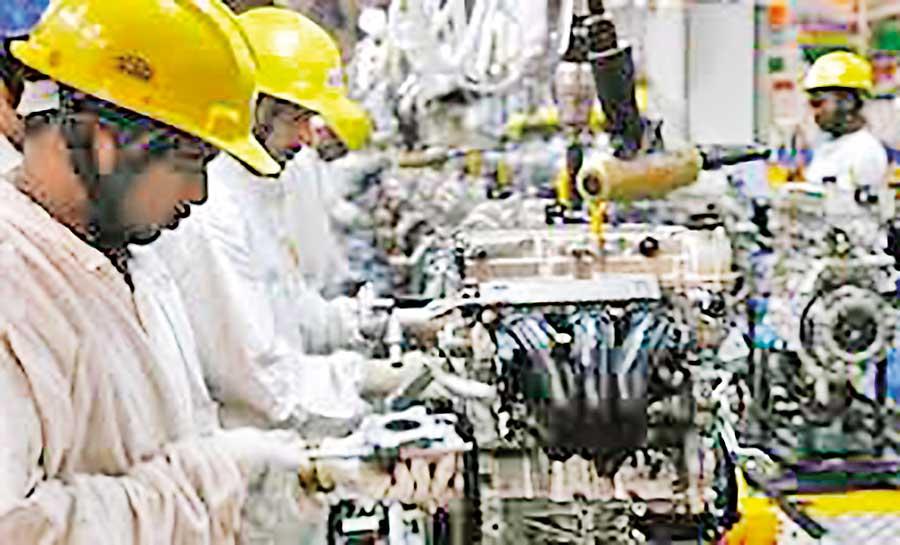Reply To:
Name - Reply Comment

Sri Lanka’s industrial production slipped in March from February as most of the manufacturing segments weakened on the back of softening global demand and also precarious local market conditions.
The Index of Industrial production (IIP), the key gauge of the industrial heft in Sri Lanka, logged 87.7 index points in March, down 1.6 basis points from a month earlier.
The monthly slippage reinforces that local industries, specially the small and medium enterprises which fell into trouble last year from persistent imported goods shortages and the surge in energy and utility prices, were still struggling even after a year from the onset of the economic crisis.
The production costs of almost all industries remain at significantly elevated levels despite some moderation recently. They remain uncompetitive in the global stage due to high cost of production while the local demand conditions stand hostile as higher prices and taxes have virtually killed purchasing power of many households.
Sri Lanka is however seeing some gradual recovery on the back of easing foreign currency conditions in the domestic market assisted by the rebound in tourism and remittance flows and the imports which are still running at almost half the levels seen before the crisis.
The suspension of foreign debt repayments also provides significant space for local authorities to manage the economy much easier than before.
The food production slipped 0.1 percent in March while beverages declined 1.4 percent from a month earlier despite being a month ahead of the traditional New Year.
The tobacco production fell 2.1 percent while the key exporting industries – textiles, garments and rubber and plastic products manufacturing lost steam by 0.8 percent, 3.1 percent and 2.7 percent on a month-on-month basis.
March index value still remains well below the 107.9 index value a year ago.
In the first quarter of 2023, the index dropped by 15.4 percent to 87.5 index points from the same quarter last year.
Sri Lanka will have to at some point cut taxes, rates and energy and utility costs if authorities are serious about rebooting growth as the cost production is killing industries and putting them out of business.
But, with Sri Lanka’s current arrangement with the International Monetary Fund (IMF) such an approach remain almost impossible.